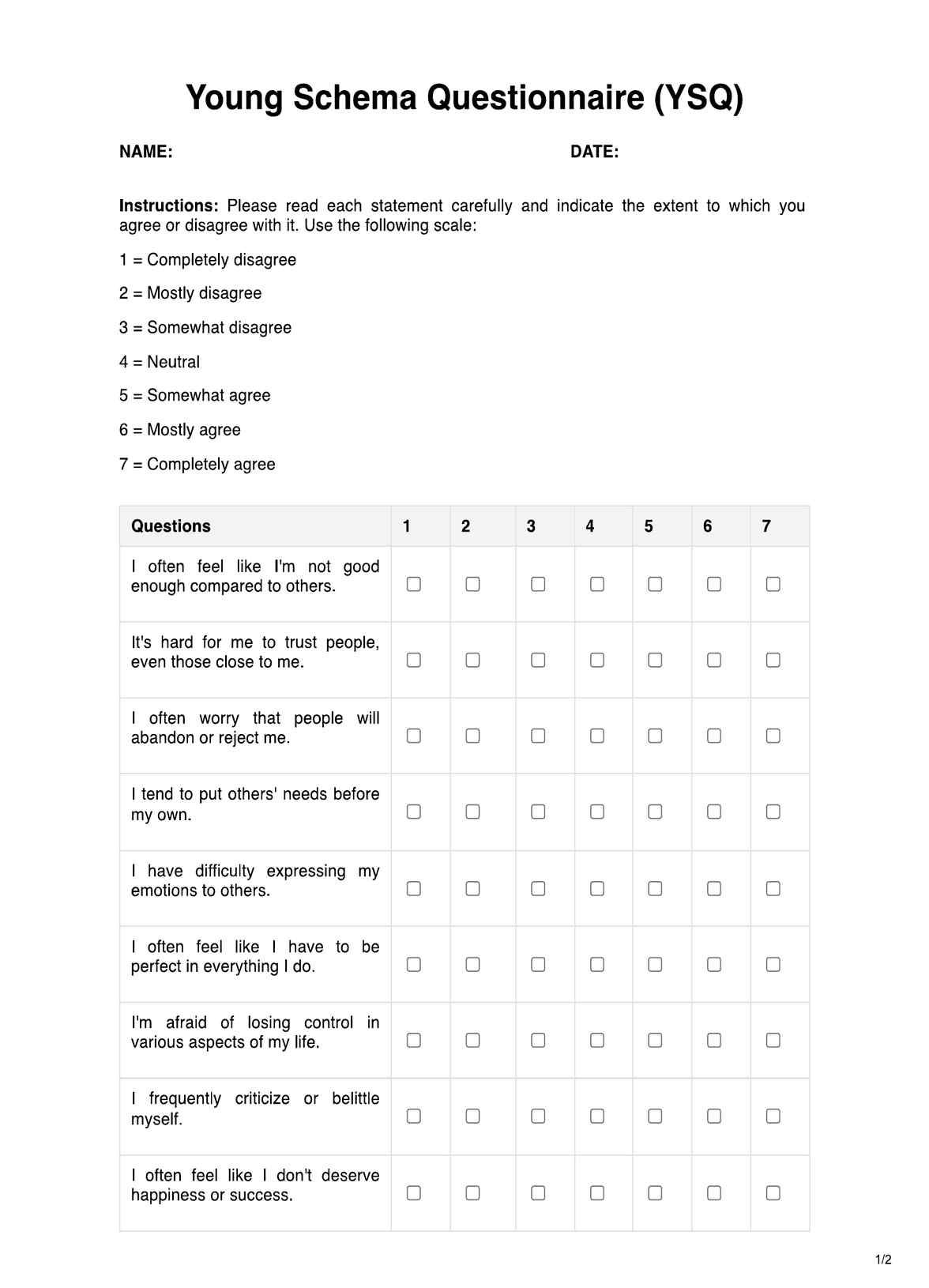It can be accomplished in less than five minutes. It depends on the person using it and how it’s being used. If a healthcare professional uses the scale and conducts it like an interview, it’ll take longer.

Zung Self-rating Anxiety Scale
If you have a patient with anxiety, hand them the Zung Self-rating Anxiety Scale to gauge their symptoms. Learn more about it through this guide.
Use Template
Zung Self-rating Anxiety Scale Template
Commonly asked questions
No. It’s a screening tool.
If you get that score and believe that your anxiety has negatively impacted your mental well-being, it’s best to see a professional so they can give you an official diagnosis and help you work through it.
EHR and practice management software
Get started for free
*No credit card required
Free
$0/usd
Unlimited clients
Telehealth
1GB of storage
Client portal text
Automated billing and online payments











